Table of Contents
Quality Service Guarantee Or Painting Free

Get a rental agreement with doorstep delivery

Find the BEST deals and get unbelievable DISCOUNTS directly from builders!

5-Star rated painters, premium paints and services at the BEST PRICES!
Loved what you read? Share it with others!


Submit the Form to Unlock the Best Deals Today
Check Your Eligibility Instantly

Experience The NoBrokerHood Difference!
Set up a demo for the entire community

Tenant Super Relax Plan
Enjoy Hassle-Free Renting
 Full RM + FRM support
Full RM + FRM support Instant alerts & premium filters
Instant alerts & premium filters Rent negotiation & relocation help
Rent negotiation & relocation helpVastu for Plot: Essential Vastu Guidelines for Selecting the Right Plot in
Table of Contents
Many Scholars, philosophers, priests, professors, instructors, and so on benefit from east-facing plots. As per the Vastu Shastra, the Vastu plan for east-facing plots are necessary for people in positions of authority, administration, and government employment. Plots that are square or rectangular are good; those that are triangular or oval are not. Additionally, plots with several sides, such as pentagons, hexagons, and octagons, are not advised. Plots with an easterly orientation are said to be optimal as they catch the rays of the rising sun, which represent optimism and fresh starts. Hence, consider Vastu Shastra for plot shapes before buying one.
In this blog, we will share Vastu tips for plot selection that will benefit you in several ways.
Plot Shapes and Their Impact on Vastu Energy Flow
When selecting a plot for your dream home, the shape of the land plays a significant role beyond just aesthetics. Vastu Shastra, the ancient Indian science of architecture and design, emphasises the deep connection between a space's energy and shape. Let's delve into the diverse world of Vastu Shastra for plot shapes and discover their unique significance.
Quality Service Guarantee Or Painting Free

Get a rental agreement with doorstep delivery

Find the BEST deals and get unbelievable DISCOUNTS directly from builders!

5-Star rated painters, premium paints and services at the BEST PRICES!
1. Rectangle Plot
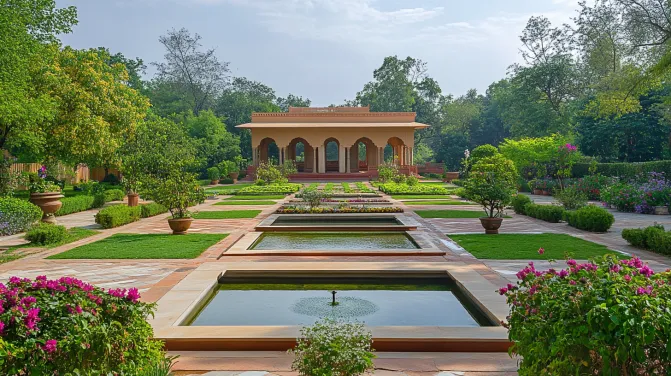
Rectangular plots are considered the most auspicious and harmonious in Vastu Shastra. Their balanced proportions symbolise stability and abundance. Energy flows smoothly along their well-defined boundaries, fostering a sense of order and peace within the living space. This shape is believed to enhance overall prosperity and growth.
2. Square Plots

Square plots radiate balance and symmetry. Their uniform sides promote equality in energy distribution, creating a serene environment conducive to personal and spiritual growth. Square plots are particularly associated with prosperity and harmonious relationships
3. Circular Plots
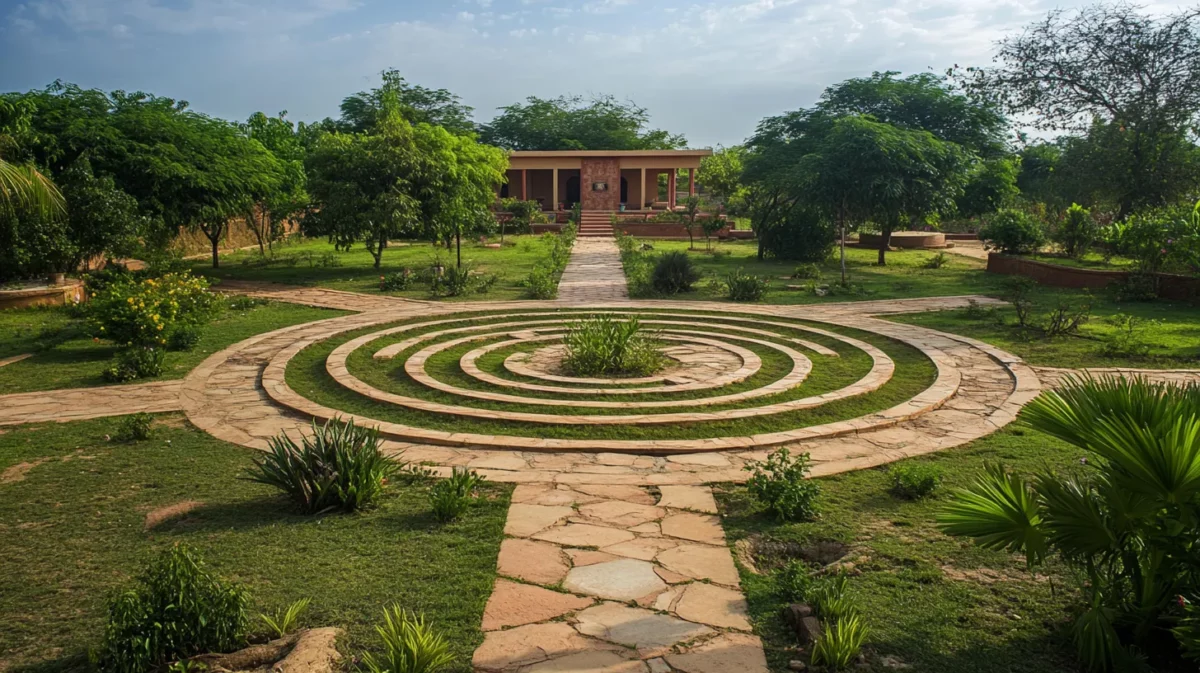
Circular plots represent continuity and unity. While unique, they can pose challenges in terms of structure and layout. Vastu experts suggest balancing the circular shape with geometric elements to encourage a steady energy flow. These plots are linked to holistic well-being and a sense of completeness.
4. Triangular Plots

Triangular plots are intriguing due to their dynamic energy. However, their Vastu implications vary based on the orientation of the triangle. A plot with its apex pointing towards the north brings prosperity and success, while according to the Vastu house plan the south-facing plot can lead to financial instability. It's important to align triangular plots to harness their positive attributes carefully.
5. Irregular Plots
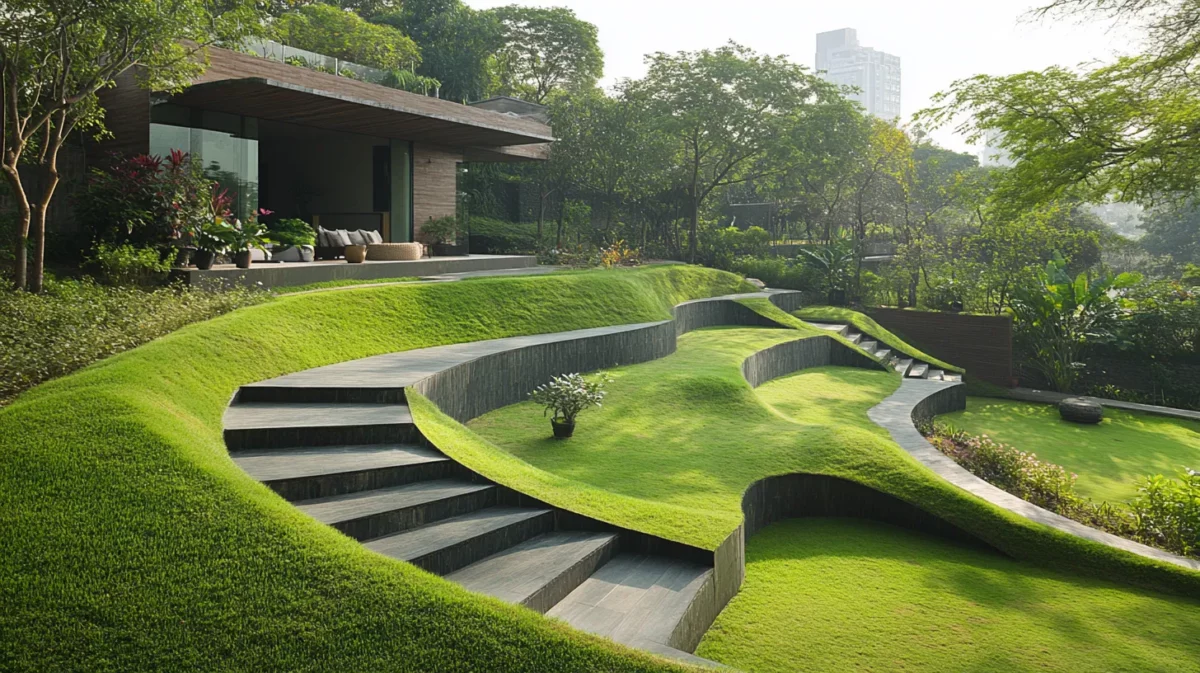
Irregularly shaped plots require careful evaluation and adjustment. Their unique contours can create pockets of stagnant energy. To rectify these imbalances, Vastu principles recommend utilising design elements, such as boundary extensions or specific structural modifications. When balanced, irregular plots can still offer harmonious living spaces.
6. L-Shaped Plots
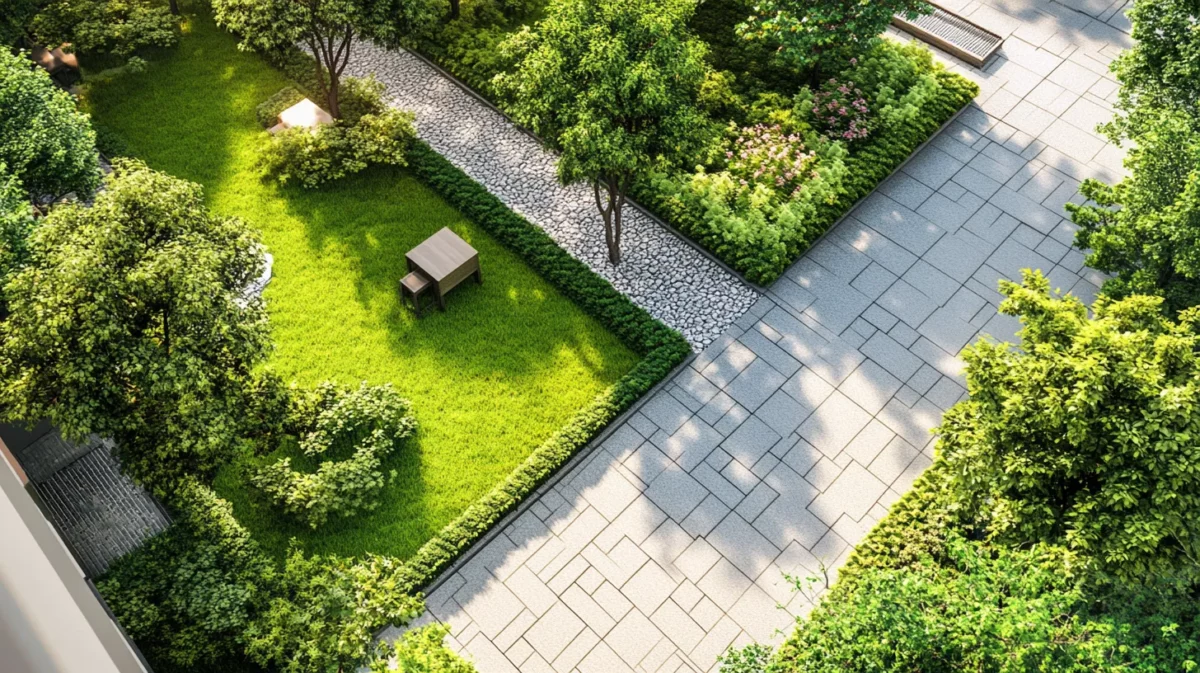
L-shaped plots demand special attention to ensure energy flow isn't disrupted at the corner where the "L" forms. Proper design solutions like open spaces or green elements in this corner can counteract any negative effects. L-shaped plots are associated with adaptability and transformation.
Understanding the significance of Vastu land empowers you to make an informed decision while choosing the ideal plot for your home. Each shape holds a unique potential to influence the energy dynamics of your living space. While adhering to Vastu principles can enhance harmony, combining them with practical architectural considerations ensures a balanced and comfortable living environment.
Vastu for Land Cut-Outs and Their Significance
Vastu for land cut-outs focuses on the impact of irregular land shapes on energy flow and harmony. Understanding these cut-outs helps make necessary adjustments to enhance positive energies and mitigate potential imbalances in a property.
1. Triangular Cut-Out
The triangular cut-out is a unique land shape often associated with dynamic energy flow. According to Vastu principles, this shape symbolises growth and expansion. Placing important structures in this area can foster innovation and progress.
2. Circular Cut-Out
Circular land cut-outs are believed to radiate harmony and unity. These shapes promote a balanced energy flow and are ideal for gathering spaces. Building a garden or communal area here can enhance social interactions and relationships.
3. Square Cut-Out
A square cut-out signifies stability and strong foundations. Vastu suggests that this shape is conducive to constructing important structures like the main entrance or meditation spaces. It fosters a sense of security and order.
4. Semicircular Cut-Out
The semicircular cut-out often represents openness and receptivity. This shape encourages a connection with the surroundings. Utilising this area for windows or balconies can invite positive energy and a sense of well-being.
5. Irregular Cut-Out
Irregular or asymmetrical land cut-outs challenge conventional Vastu interpretations. However, they can be turned into unique advantages. Custom designs that respect the land's natural contours can harness its distinctive energy for creative endeavours.
6. Rectangular Cut-Out
Rectangular cut-outs are associated with stability and practicality. Vastu considers them suitable for utility areas or storage spaces. Constructing facilities like a garage or storage shed here can optimise functionality.
7. Diamond-Shaped Cut-Out
The diamond shape is thought to symbolise abundance and luxury. Vastu principles suggest using this area for rooms associated with wealth and prosperity, such as a home office or study. It can stimulate positive financial energy.
8. Hexagonal Cut-Out
Hexagonal cut-outs signify balance and versatility. These shapes support adaptability and change. Integrating a flexible space, like a multipurpose room or a versatile garden, can harness the positive potential of this shape.
These interpretations are based on traditional Vastu principles, and while they offer insights, personal preferences and practical considerations should also play a role in decision-making. Understanding the Vastu significance of different land cut-outs allows you to make informed choices that align with your goals and aspirations.
Recommended Reading

7 Running Horses Painting Vastu for Your Home and Office 2025
January 9, 2025
229996+ views
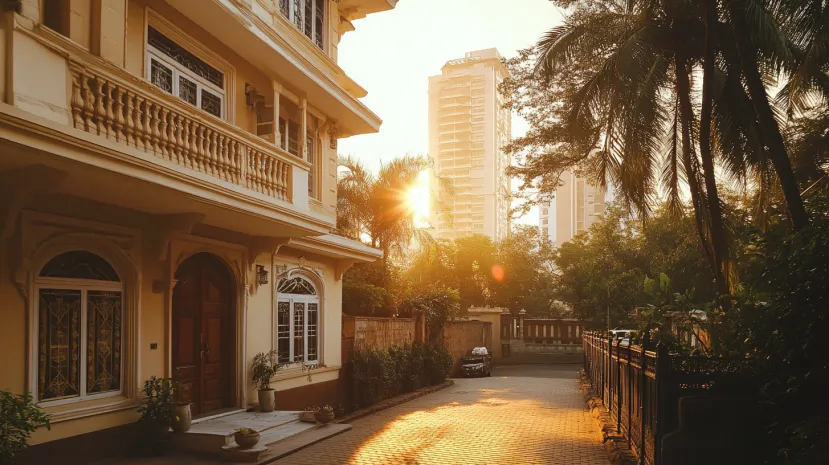
Vastu Tips for North West Facing House to Ensure Harmony, Health, and Financial Growth in 2025
May 19, 2025
84822+ views
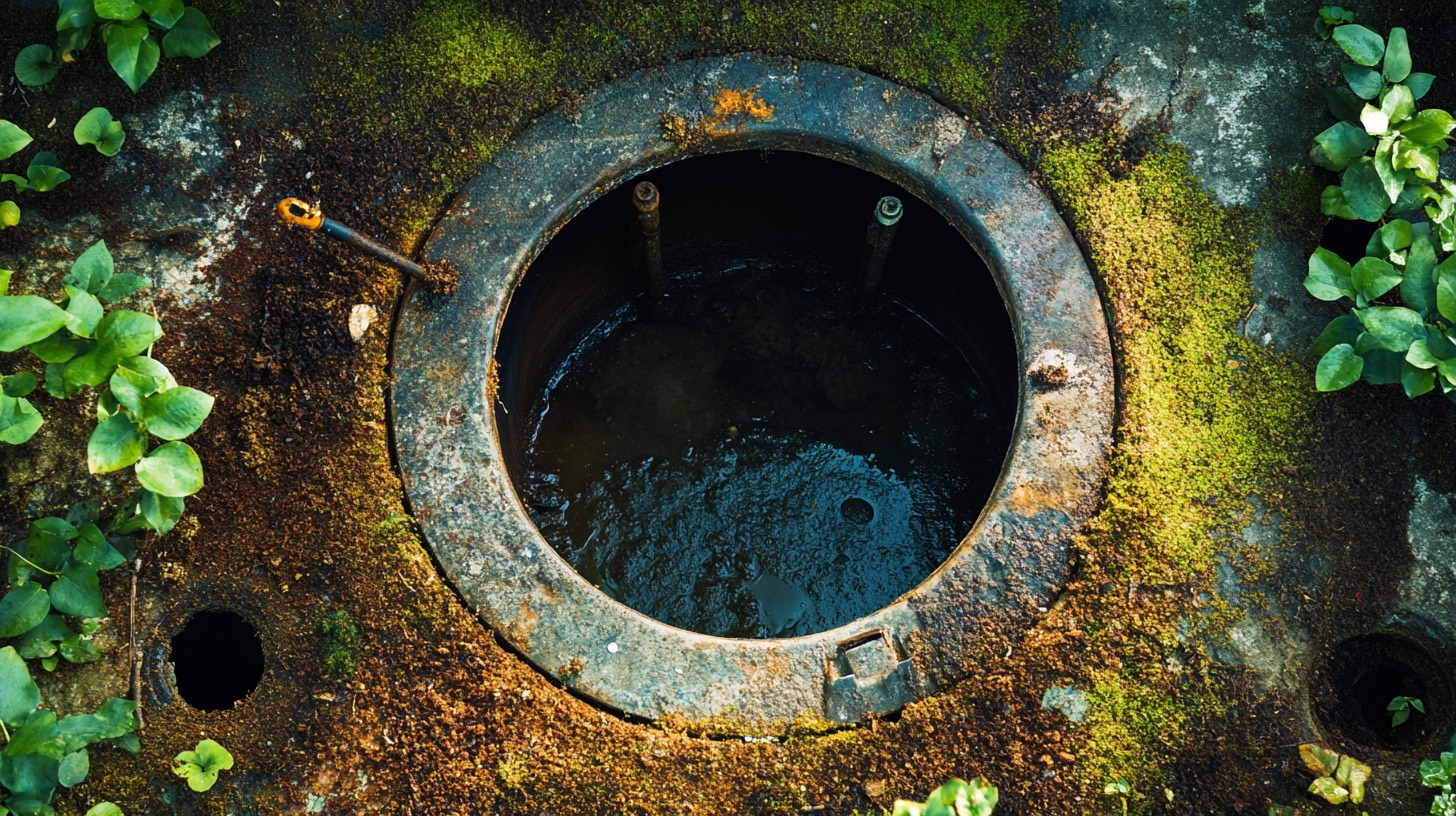
Septic Tank Vastu Guide for Home Harmony and Energy Balance
January 31, 2025
79844+ views
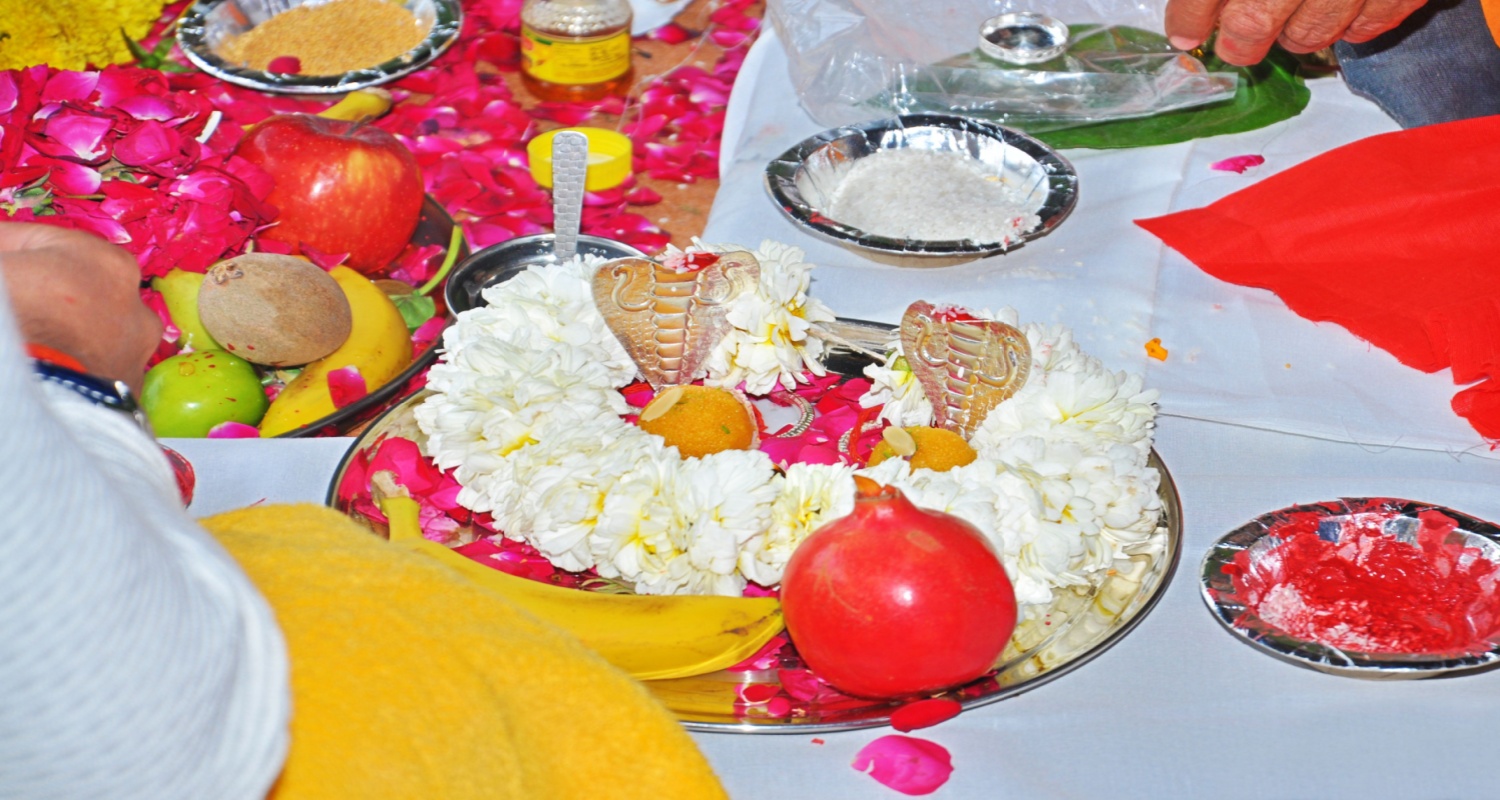
South East Facing House Vastu - Make Your Home Vastu Shastra Friendly
January 31, 2025
75632+ views
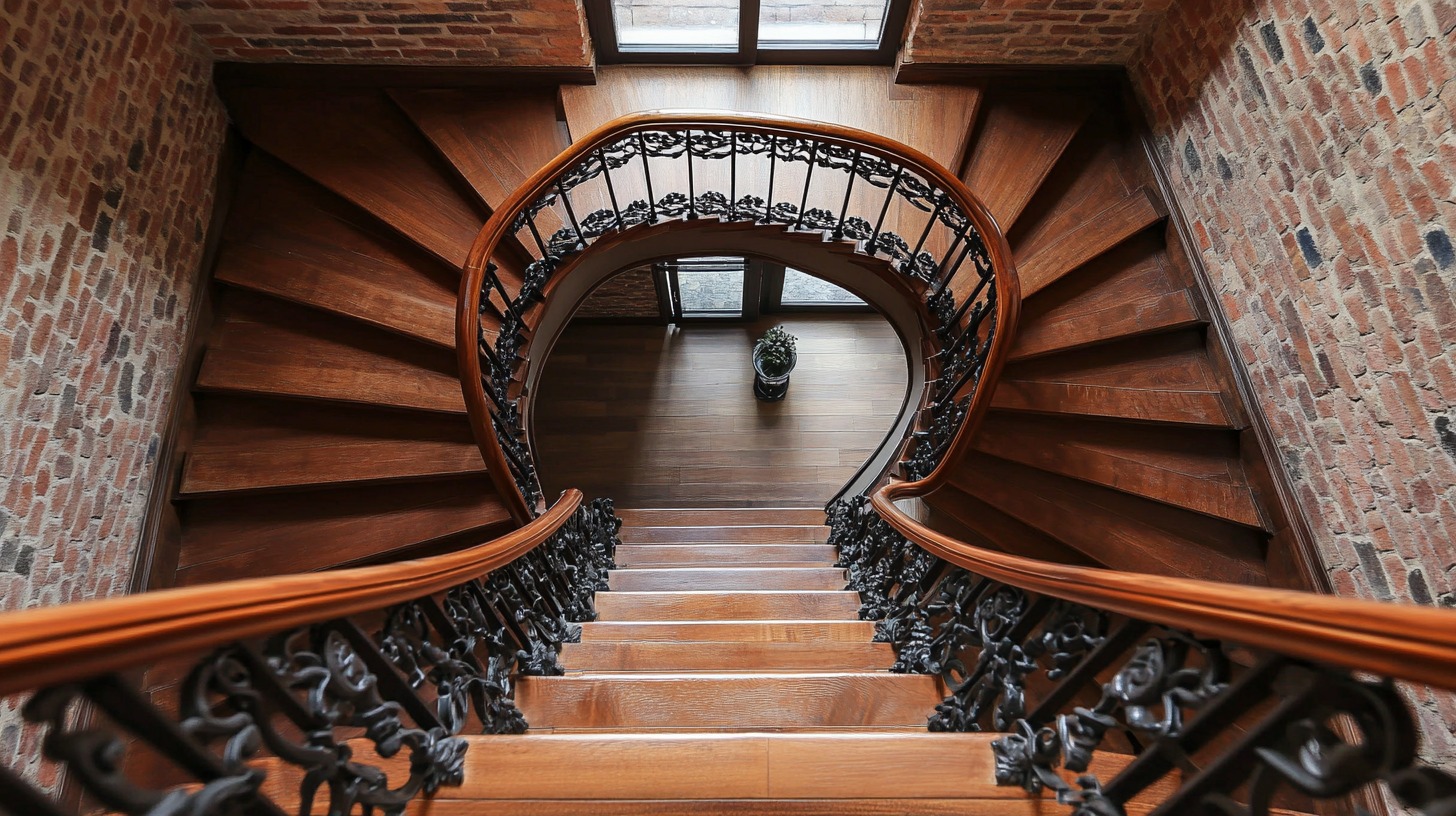
Staircase Vastu for Home and Offices: Tips for Placement, Directions and Step Count in 2025
May 7, 2025
72925+ views
Do's and Don'ts Tips According to Vastu Shastra for Plot Selection
Do's
- Orientation Matters: Choose a plot that faces either the north or east direction. These directions allow for optimal energy flow and sunlight exposure throughout the day.
- Even Terrain: Choose a plot with level and even terrain. Avoid plots with irregular slopes or depressions, as they can disrupt energy balance.
- Surroundings: Consider the surroundings of the plot. It's advisable to have open spaces, parks, or water bodies in the north and east directions, promoting positive energies.
- Proximity to Roads: I prefer plots with well-maintained, wide roads in front. I avoid plots on dead-end streets or those facing T-junctions.
- Auspicious Shapes: Plots with regular shapes, such as square or rectangular, are better as they facilitate efficient space utilisation and energy distribution.
- Soil Quality: Check the soil quality for stability and fertility. Avoid plots with excessively rocky or marshy soil.
- Element Balancing: If possible, have a water source like a river or pond in the northeast and taller structures like buildings or trees in the southwest direction.
- Sunlight Accessibility: Ensure the plot receives ample sunlight, especially early morning. Natural light enhances positive vibrations.
Don'ts
- Avoid South-Facing Plots: South-facing plots can bring negative energies. They should be avoided unless recommended by a Vastu expert for specific purposes.
- Steer Clear of High-Tension Wires: Plots located under or near high-tension wires or electrical substations should be avoided due to potential electromagnetic disturbances.
- Skip Plots Near Cemeteries or Hospitals: Proximity to cemeteries or hospitals might introduce negative vibrations. Opt for plots away from such areas.
- Say no to Irregular Shapes. Plots with irregular or extended shapes can waste space and create energy imbalances.
- Avoid Plots Near Industrial Zones: Proximity to industrial areas might lead to air and noise pollution, affecting the overall Vastu balance.
- Please avoid Cul-de-Sacs: Plots at the end of dead-end roads (cul-de-sacs) can trap energy and hinder its flow.
- Don't Overlook Water Bodies: While water bodies in the right direction are beneficial, avoid plots with water bodies like ponds or lakes in the southwest direction.
- Avoid Plots Near Temples or Religious Structures: While this might seem contradictory, plots directly facing religious structures might bring excessive energy that needs careful consideration.
These tips provide general guidance, but for a comprehensive understanding of plot selection based on Vastu principles, consulting with a qualified Vastu expert who can consider individual factors and nuances is recommended.
Vastu Tests to Determine the Positivity of the Land
Before embarking on a significant investment or construction project, ensuring that the land resonates with positive energies is crucial according to Vastu principles. Here, we delve into some key Vastu tests that can help you assess the positivity of the land you're considering:
1. Water Divining (Dowsing)
One of the most ancient methods, water divining, involves using tools like a dowsing rod or pendulum to detect the presence of underground water sources. A plot with a natural water source in Vastu is considered auspicious, as it signifies abundance and life energy. Positive vibrations from underground water can enhance the overall positivity of the land.
2. Compass Orientation
The cardinal directions play a significant role in Vastu. Using a compass to determine the orientation of the land is fundamental. A plot that aligns well with the cardinal directions is believed to invite positive cosmic energies. East-facing plots, for instance, are often preferred as they capture the energising rays of the rising sun, symbolising new beginnings and positivity.
3. Soil Testing
Analysing the quality of the soil is another vital Vastu test. Different types of soil have varying energy levels, and certain types can impact the overall harmony of the land. For instance, red soil is associated with energy and passion, while black soil is linked to stability and fertility. Ensuring that the soil composition resonates with the intended purpose of the land can contribute to its positivity.
4. Shape and Topography Examination
The shape and topography of the land can significantly influence its energy flow. Irregular shapes or sharp corners might obstruct the flow of positive energy. In contrast, plots with regular shapes and gentle slopes are often considered more auspicious. Assessing the land's overall shape and topography can provide insights into its Vastu suitability.
5. Energy Imprints and Feel
Sometimes, the best way to gauge the positivity of the land is through intuition. Spend time on the land and pay attention to your feelings and sensations. Positive vibes often manifest as a sense of calmness and contentment. Trusting your intuition can complement other Vastu tests and offer a holistic perspective on the land's energy.
Conducting Vastu tests to determine the positivity of the land is a prudent step to ensure a harmonious living or working space. These tests, ranging from traditional practices like water divining to contemporary methods like compass orientation, collectively contribute to assessing the land's energetic quality. Remember that the goal is to create an environment that resonates with positive vibrations, fostering well-being and prosperity.
Remedies as Per the Position of the Plot
Regarding Vastu for your plot, the cardinal directions are crucial in determining your living space's energy flow and overall harmony. Here are 5-6 pointers that offer practical remedies based on the position of the plot about the cardinal directions, helping you address Vastu-related challenges effectively:
1. North-Facing Plot
If your plot faces north, ensure the main entrance is towards the northeast corner. Enhance this area with auspicious symbols, fresh flowers, and adequate lighting to attract positive energy. Installing a water feature in this direction, such as a small fountain, can also encourage prosperity and abundance.
2. South-Facing Plot
Are you confused about whether the southeast corner plot is good or bad? Well, a south-facing plot can sometimes bring financial instability. To counter this, consider placing a Tulsi (Holy Basil) plant in the southeast corner of the plot. Additionally, painting the exterior walls in earthy tones and incorporating vibrant green elements can help balance the energy and attract stability.
3. Vastu Plan for East-Facing Plot
For the Vastu map for the east-facing plot, ensure that the main entrance is situated towards the northeast corner. This direction is associated with new beginnings and growth. To enhance this energy, consider installing a mirror on the eastern wall of the entrance, which can reflect positive energy into the space.
4. West-Facing Plot
To balance the energies of a west-facing plot, focus on the northwest corner. Place a wind chime or a small metal statue in this area to activate prosperity and opportunities. Avoid constructing heavy structures in the southwest corner to prevent financial challenges.
5. Northeast-Facing Plot
The northeast direction is considered highly auspicious. To maximise its positive influence, keep this area clutter-free and well-lit. You can create a meditation or prayer space in the northeast corner of your plot, ensuring it remains serene and spiritually uplifting.
6 . Northwest-Facing Plot
A northwest-facing plot benefits from having open spaces in this direction. Avoid constructing heavy structures or clutter in the northwest corner to allow positive energy flow. Consider planting fragrant herbs or flowers in this area to invite positivity and harmony.
These remedies are intended to align your plot's energies with Vastu principles. Implementing these practical solutions based on your plot's position can help mitigate Vastu-related challenges and create a harmonious living environment.
Remedies as per the Structure of the Plot
A plot's physical structure plays a significant role in determining its Vastu energy. By understanding the plot's layout, corners, slopes, and elevations, you can implement effective remedies to enhance its positivity and harmony. Here are 4-5 pointers that offer actionable advice on balancing energies through the plot's structure:
1. Balancing Uneven Elevations
Uneven elevations within a plot can disrupt the flow of energy. If your plot has varying levels, consider creating terraces or steps to transition between them gently. This not only harmonises the energy but also adds aesthetic appeal. Place important structures like the main entrance, meditation area, or garden on the higher portion to symbolise elevation and growth.
2. Harmonising Plot Corners
Sharp corners on a plot can generate negative energy, affecting the overall balance. You can plant trees or install small fountains at these corners to counter this. The trees act as energy buffers, while the flowing water of the fountains purifies and circulates positive energy. Additionally, constructing boundary walls with rounded edges can soften the impact of the corners.
3. Dealing with Slopes
Sloping plots need special attention to maintain positive energy flow. When building on a sloped plot, ensure that the construction levels follow the land's natural contours. Avoid major excavation or backfilling, as it can disturb the land's energy. You can also use retaining walls to create terraces, preventing energy from flowing too quickly downhill and promoting stability.
4. Emphasising the Main Entrance
The main entrance is a crucial aspect of plot energy. If your plot has an irregular shape or layout, direct attention should be paid to the entrance with proper lighting, landscaping, or a decorative pathway. This draws positive energy toward the entry point, allowing it to permeate the entire property. Additionally, ensure the entrance is well-maintained and clutter-free for smooth energy flow.
5. Utilising Water Features for Balance
Incorporating water features such as ponds or small waterfalls can counteract negative influences caused by irregular plot structures. These features symbolise abundance and can help balance energies. Place water features in areas that align with the plot's auspicious directions, enhancing the positive energy flow throughout the land.
By implementing these remedies tailored to your plot's structure, you can align its energies with Vastu principles. Remember, the goal is to create a harmonious and balanced environment that supports your well-being and aspirations.
Vastu-Aligned Dream Plot with NoBroker
To embark on your journey towards a harmonious and energetically balanced living space, explore the world of Vastu for a plot with NoBroker. Unveil a realm where ancient wisdom meets modern convenience, guiding you to plots that resonate with positivity and promise. With NoBroker's specialized insights, personalised recommendations, and verified listings, you're empowered to make a choice that aligns not only with your aspirations but also with the forces of Vastu. Let the synergy of tradition and innovation lead you to the perfect plot where your dreams take root and flourish.

Frequently Asked Questions
Ans: The main gate's alignment impacts energy flow and influences the occupants' experiences. Following Vastu's recommendations for the gate's direction and design can enhance harmony.
Ans: Plot size vastu emphasizes proportions. Rectangular or square plots are ideal as they ensure balanced energy distribution and efficient space utilization.
Ans: In the corner plot, Vastu suggests avoiding heavy structures in the northeast corner. Instead, keep it open or use it for light structures to allow the free flow of beneficial energies.
Ans: As per Vastu, the best plot size concept is about proportions. Rectangular plots, with longer sides along the east-west axis, are often considered harmonious.
Ans: A northeast corner plot vastu is highly promising. It is recommended that this corner be kept open and light to welcome positive energies and opportunities.
Ans: A two-sided road plot, Vastu, holds unique advantages due to its dual accessibility. Following Vastu's recommendations for entrances and spatial arrangements maximizes its potential for positivity.
Ans: For a Vastu-compliant house on a south-facing plot, prioritize an east or northeast-facing entrance to counterbalance potential energy imbalances. Implement Vastu remedies like using appropriate colours, mirrors, and careful room placements to promote harmony and positivity in the living space.
Ans: In Vastu Shastra, the direction of your plot plays a crucial role in determining energy flow and overall harmony in your living space. Different directions can have specific influences on your life and well-being.
Ans: A Gaumukhi plot house design is a Vastu concept where the plot is wider at the front and narrower at the rear, resembling the shape of a cow's face. This design is believed to attract positive energy and prosperity according to Vastu principles.
Ans: A Vastu plan for a south-facing plot typically involves optimizing the layout to ensure the main entrance, key rooms, and elements like windows and mirrors are strategically placed to counterbalance potential negative energy flows and promote harmony.
Loved what you read? Share it with others!
Most Viewed Articles

7 Running Horses Painting Vastu for Your Home and Office 2025
January 9, 2025
229996+ views

Wall Clock Vastu Essentials for a Serene Living Space
January 31, 2025
174072+ views
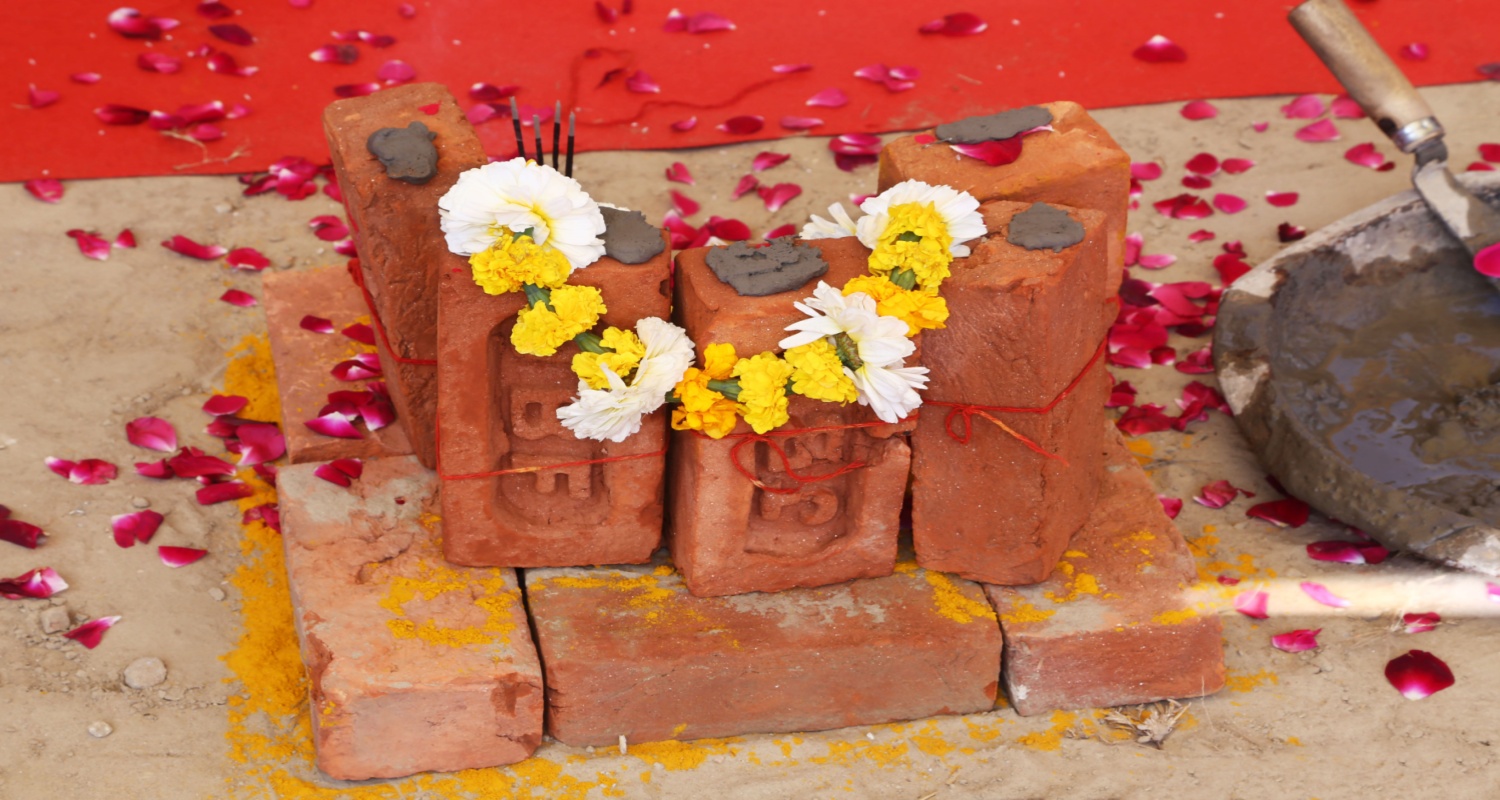
South West Facing House Vastu: Entrance, Room Placements, Benefits and Remedies in 2025
May 27, 2025
149291+ views

How to Choose the Perfect Lucky House Names for Your Home in 2025
January 2, 2025
144981+ views

House Number Numerology: How to Calculate and What Each Number Means in 2025
January 2, 2025
125587+ views
Recent blogs in
1 BHK House Plan with Vastu: Ideal Layout, Room Direction & Tips for Peace in 2025
June 26, 2025 by Suju
Lucky House Number as per Date of Birth: Formula, Calculation and Tips in 2025
June 20, 2025 by srivalli susarla
Unluckiest House Numbers in Numerology: What to Avoid & Vastu Remedies in 2025
June 20, 2025 by Kruthi





Join the conversation!